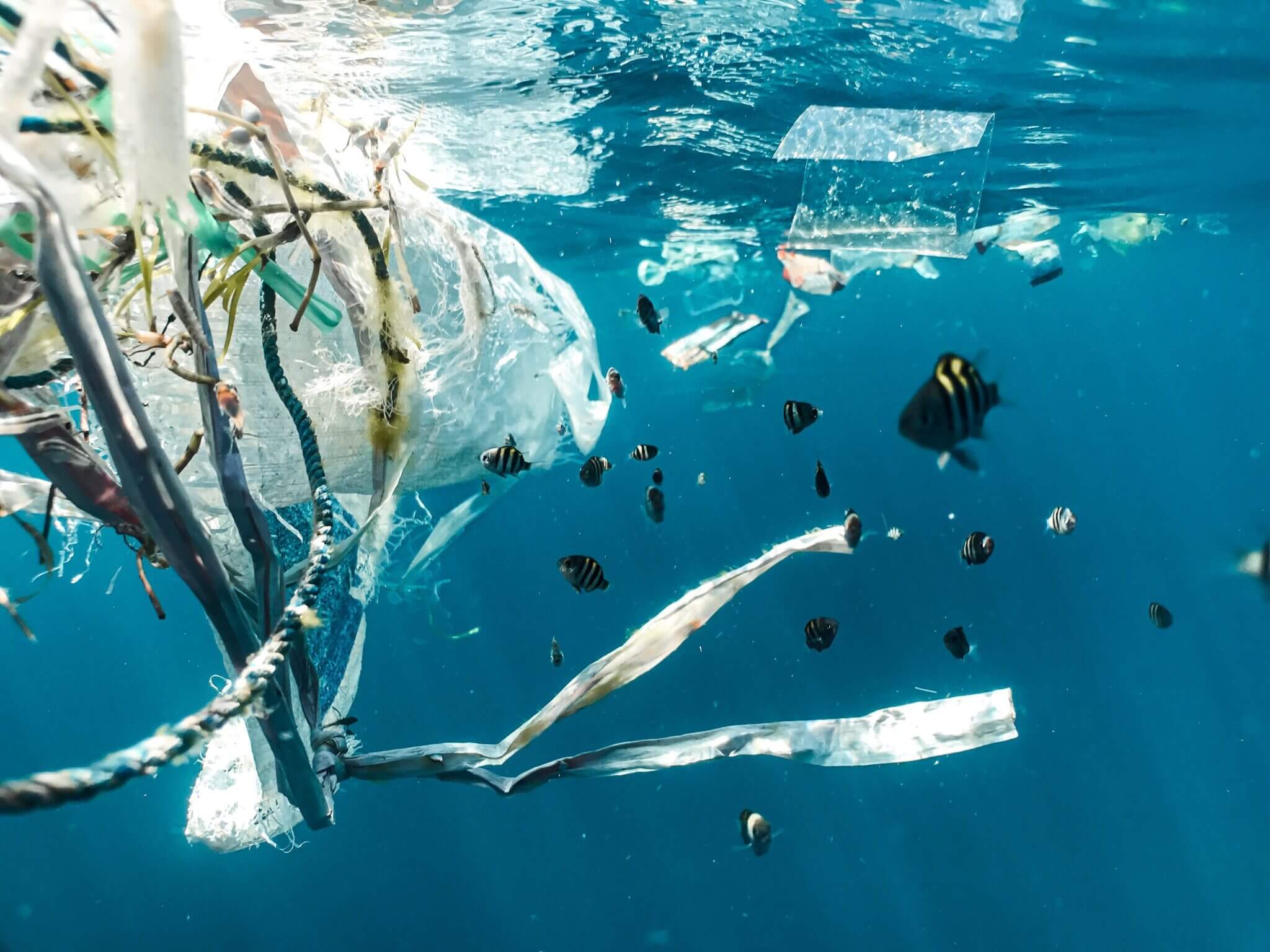Our use of plastic is changing worldwide – and not for the better. Many governments with bans or restrictions on the consumption of single-use plastics have withdrawn the bans and, during the COVID-19 pandemic, our consumption of them in the form of personal protective equipment (PPE) has escalated, with estimates as high as sixfold increases – much is unrecyclable, and domestic and small business users have no defined waste policy, with much of it ending up in recycling where, due to its medical nature, it cannot be processed. This causes bottlenecks in the recycling system, or illegal waste dumping.
Latex gloves are made from the rubber in rubber trees: a polymer of isoprene that is readily broken down in nature. However, not all plastics are so readily biodegradable. Some, such as nylon (also used in gloves), are a halfway house: they can decompose under warm, wet conditions, but are relatively sturdy; others, such as polypropylene (PP) (used in gowns and masks), which is a hydrocarbon with no oxygen nor nitrogen linkages to help make it compostable, may stick around for thousands of years.
Much of this plastic eroded into smaller fragments known as microplastics, often so small they are invisible until put under a microscope. Although they are called “micro”, there is no agreed convention for the sizes of microplastic particles, making it impossible to measure how much of it there is out there or compare findings between different groups. This is partly because as microscopes get better, we can see smaller and smaller pieces of plastic. Still, some sources have estimated that 28% of microplastics come from the erosion of synthetic rubber tires on the road – a source that has decreased during the pandemic (but we don’t know for sure)
Sampling methods have been developing rapidly as scientists strive to quantify and categorise plastic debris, particularly in the oceans. Estimates suggest 5-13 million tons of plastic is floating out there[2]. Analytical techniques include optical, Raman, IR and NMR spectroscopies, thermogravimetric analysis, chromatography, mass spectrometry, and simple chemical procedures such as solubility and density analysis, which have the advantage that they are readily carried out on site (that is, at sea). In a cost-effective and time-efficient method, the Archipelagos Institute of Marine Conservation have shown the clear separation of expanded and non-expanded polystyrenes, polypropylene, low density polyethylene, and polyvinyl chlorides using non-hazardous solutions. Nevertheless, some of these techniques can be complicated when plastics undergo chemical changes such as decomposition or absorption of POPs, Persistent Organic Pollutants, fat– and plastic-soluble chemicals such as DDT that concentrate in plastics in the ocean and so enter the food chain when microplasticsare consumed by wildlife. There is still much to explore and learn within this arena.





























